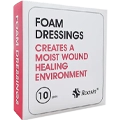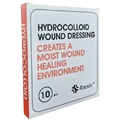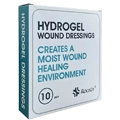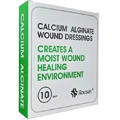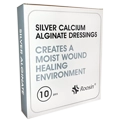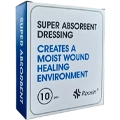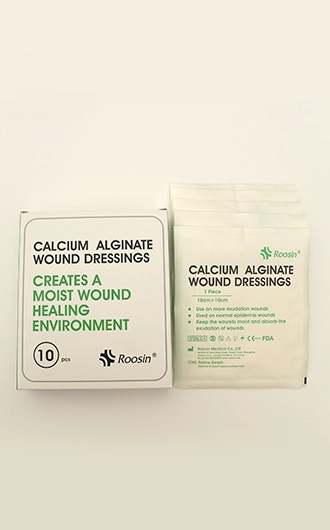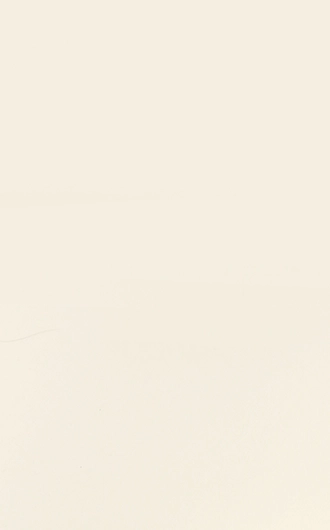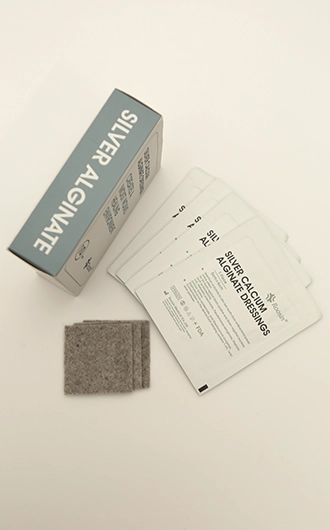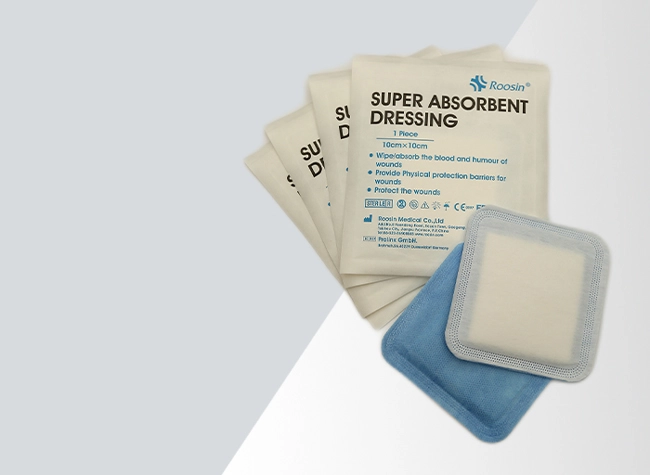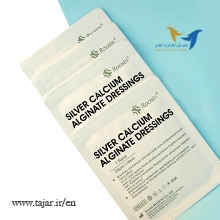
Please contact us for price inquiry and free consultation
Health is the fundamental right of everyone ...
Advanced Dressing
Management of healing of different types of wounds including, acute and chronic, infected and non-infected by means of advanced dressings accounts for as one of the newest and most effective ways in modern medicine. We recommend people who are inclined to reach wound healing in the earliest possible time and also have a protection for their skin around the wound; join us to learn about the design, structure, and also compounds of various kinds of advanced dressings, which can provide many healing benefits, so that you can make the best choice according to your wound type.






